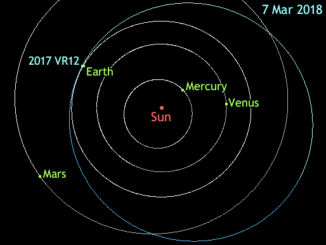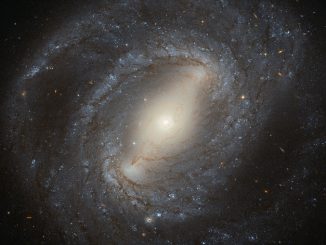
Seek out 3C 273, the brightest optical quasar, in the spring sky
Plumb the hidden depths of spring’s deep-sky by seeking out 3C 273, the optically-brightest quasi-stellar object (QSO) in the constellation of Virgo. Quasars are the intensely luminous centres of very distant and active galaxies, powered by a supermassive black hole. And don’t worry that you need a huge ‘scope to see it – a 15-cm (6-inch) instrument and a clear, moonless night are all you need.





